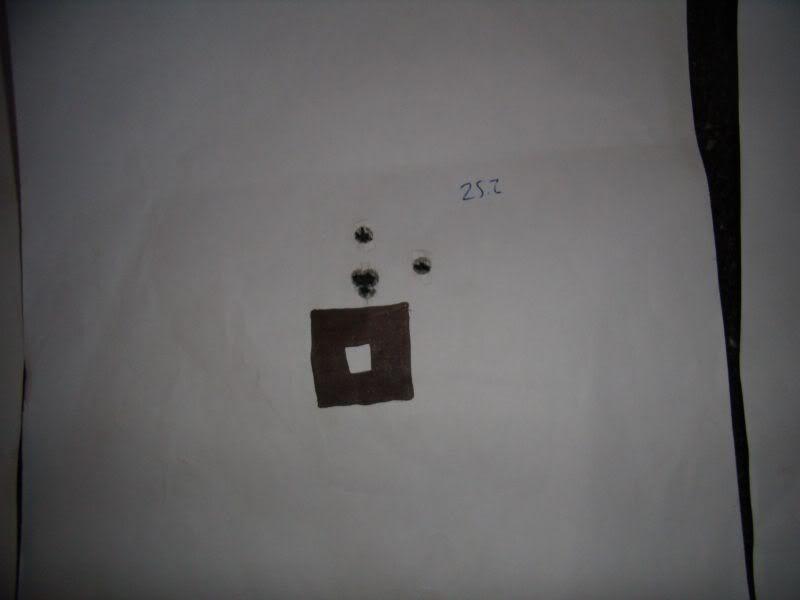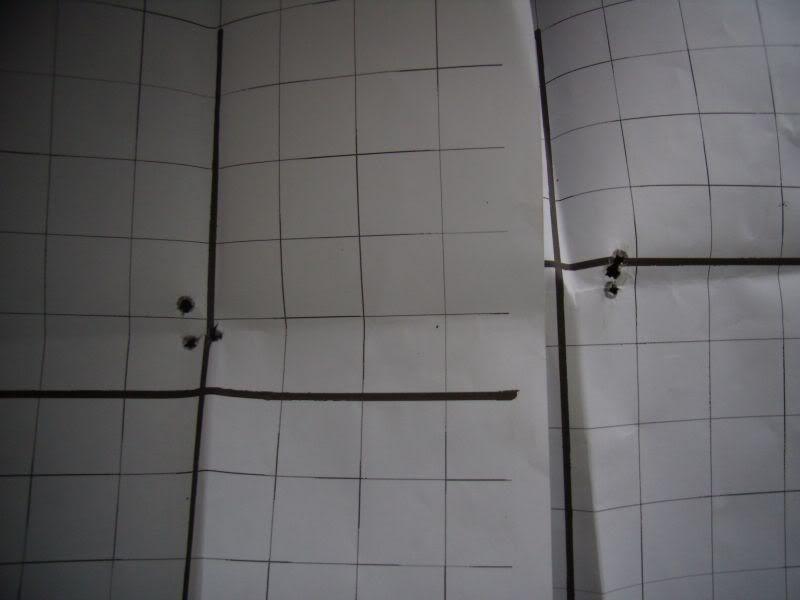"I am thinking of:
new press - RCBS rockchucker?
proper case trimmer - suggestions?
Do I need new scales? My hornady ones seem consistent
I think I need a comparator and a concentricity gauge - any other measuring tools I should get?
I am also thinking of buying redding competition seating dies and bushing dies for everything
Using lapua brass in my .243 but everything else is Federal/RP/WW so I guess I should uniform flash holes/primer pockets. What should I get to do that?"
------------------------------
The Rock Chucker is an ok press I guess, I like mine but not nearly as much as some seem to. And it for sure won't make your ammo any more accurate than it is now. If I had to buy a new press tomorrow it would be either the Lee Classic Cast (iron) model or the much more espensive Forster Co-Ax.
The Lee case trimmer is as good as any EXCEPT the Wilson and I really doubt you would see any accuracy improvement even with it.
NO change in scales is called for. A new one won't make your ammo any better. Since your present targets show a quarter square inch of hole, you DO have a good one and use it correctly!
Other measure tools - I think the best concentriciy gage for the buck, perhaps at any price actually, is the Sinclair. Sinclair also has excellant comparitor tools, seating and headspace, assuming you have a dial caliper. Not only will a concentriciy gage tell you about bullet run-out but, used properly, you can learn at what stage in your process any error is comimg from so you can fix it. (Quite often it's bent necks, which usually occur with conventional sizers!)
For the infrequent uses we put our calipers to, any of the inexpensive Chinese dial calipers work very well. Labels don't matter, all of the house brands seem to come from the same plant. Midway, Lyman, RCBS, Sears. Harbor Freight, etc. are all identical. Harbor Freight sells the Chinese mechanist type tools for the lowest cost. Their 6" calipers are on sale much of the time for $15 or so. And they also sell quite usable and inexpensive dial indicators to use on concentricity gages. Ditto their micrometers for more critical measurements. If you keep the Chink tools clean and don't drop them they will be as accurate as Starret or B&S tools for a long time.
Dies - The Forster/Redding seater dies are really great, with or without a micrometer head, significantly better than others. That calibrated head does nothing for the concentricity of the ammo but does make it easiy to change seating depths with a minimum of fussing around.
The option of best FL sizer dies is only Forster, in my opinion. That's because only Forster has expanders that screw up the decapping stem so expanding can begin the moment the case starts being with drawn. That way, the die body will hold the case firmly centered and help neck expanding to at least start straight!
I have no personal experience with Reddings neck bushing size dies but read that many folks seem to have trouble getting really straight necks out of them.
I use Lee's Collet Neck Sizers simply because of the quality of necks - straight - I get from them and they work the necks the absolute minimum. My carefully selected and worked-over cases last a long time with the Lee neck sizer.
Cases - High grade brass is good. I just wonder if it's good enough to justify the high cost? I mean, I can order a large lot of conventional brass, Fed, RP or WW, then select the best by weight and neck consistancy and have some really good cases, with a good number of left overs to be used for casual shooting/hunting. And at a lower total cost than a much smaller lot of the really good brass. Maybe it's a wash which way to go is "better."
Other tools - Your ammo may benefit from neck turning. There are several good outside neck turners available. For more casual loading I recommend one of those made to work with a standard case trimmer, Forster, RCBS, Lyman, etc. but more critical work can better be done with a hand held turner. Reamers won't do your accuracy any good.
Those neck turners by K&M, Pumpkin, Sinclair, etc. are really good but expensive and I wonder if they are any better than the inexpensive Forster HOT 100, "Hand Operated Turner 100", I bought from MidwayUSA. It has a carbide cutter with an angle to reduce cutting into the case shoulder and a calibrated adjuster for the depth of cut. I don't love the HOT-100's plastic case holder but it actually works fine. No matter which turner you may get, don't try to take off more than 3-4 thou at a pass. Only remove maybe 2/3s of the circumfrence of the necks, not all the way around, to keep from making the necks too thin.
Deburring flash holes and uniforming primer pockets may or may not help accuracy but it sure can't hurt. Sinclair sells some good tools for both jobs, not much difference in using any of them.
A good advacced reloading book can help anyone. The "Precision Shooting Reloading Guide" is the best book I've found, overall. I got mine from Sinclair, International, you can find them on line. Getting a Sinclair catalog is a good idea for anyone interested in accuracy, just to see the best reloading and shooting tools available if nothing else.


